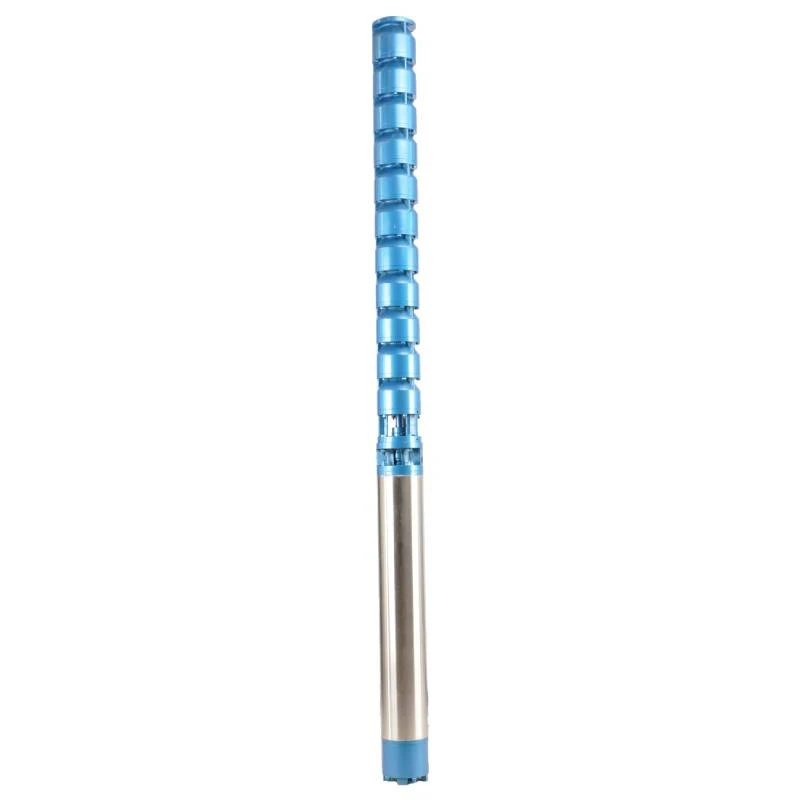gru . 17, 2024 06:23 Back to list
Understanding the Components and Functionality of Submersible Water Well Pumps
Understanding the Submersible Water Well Pump A Comprehensive Guide
Submersible water well pumps are pivotal in modern water supply systems, particularly in rural and agricultural settings where groundwater extraction is essential. This article will explore the functionality, components, and benefits of submersible water well pumps, providing an in-depth understanding for those interested in this vital piece of equipment.
What is a Submersible Water Well Pump?
A submersible water well pump is a special type of pump designed to be submerged underwater, typically within a well casing. Its primary function is to extract water from deep underground sources, making it invaluable in locations where surface water is scarce or unavailable. Unlike jet pumps, which are installed above ground, submersible pumps push water to the surface rather than pulling it, resulting in higher efficiency and better performance in deep wells.
Key Components of a Submersible Pump
Understanding the components of a submersible pump is crucial for comprehending how it operates. Here are the main parts of a typical submersible water well pump
1. Motor The motor is usually located at the bottom of the pump, sealed in a waterproof housing to prevent damage from water. This motor generates the necessary energy to operate the pump.
2. Pump Bowl Assembly This part consists of multiple impellers and diffusers that work together to increase the pressure of the water. As the impellers spin, they create a vortex that draws water into the pump and pushes it upward through the well.
3. Seal To protect the motor from water damage, submersible pumps are equipped with seals made of durable materials. These seals are crucial in maintaining the integrity of the pump and ensuring its longevity.
4. Discharge Head This is the uppermost part of the pump that connects to the pipeline. It allows water to exit the pump and enter the distribution system. The discharge head also houses the electrical connections needed to power the motor.
5. Suction Strainer Located at the bottom of the pump, the suction strainer prevents debris and particles from entering the pump and causing damage. It ensures that the water being pumped is clean and free from contaminants.
How Does a Submersible Pump Work?
submersible water well pump diagram

The operation of a submersible water well pump is quite straightforward. When the pump is powered on, the motor activates and spins the impellers within the pump bowl assembly. This action builds pressure that pushes water through the diffusers and up the discharge pipe to the surface.
The key advantage of submersible pumps is their ability to work effectively in deep wells. Because they are submerged, they do not need to overcome atmospheric pressure like jet pumps, making them more efficient at lifting water from greater depths.
Benefits of Submersible Water Well Pumps
Submersible water well pumps come with numerous advantages, making them a popular choice among homeowners, farmers, and industries
1. Efficiency Submersible pumps have a higher efficiency rate than above-ground pumps, especially for deeper wells. Their design allows them to push water to the surface with minimal energy consumption.
2. Durability Designed to operate underwater, submersible pumps are built to withstand harsh conditions and contaminants, ensuring a longer lifespan compared to other pump types.
3. Quiet Operation Being submerged, these pumps operate much quieter than surface pumps, which can be beneficial in residential areas where noise pollution is a concern.
4. Less Maintenance Due to their sealed design, submersible pumps require less maintenance and are less prone to damage from environmental factors, like freezing temperatures.
5. Space-Saving Design Submersible pumps do not require large installation spaces as they are situated inside the well, making them an excellent choice for properties with limited surface area.
Conclusion
In conclusion, submersible water well pumps are a critical investment for anyone needing reliable access to groundwater. Their robust design, efficiency, and lower operational costs make them the ideal choice for well owners. By understanding their components and operation, users can better appreciate the importance of this technology in ensuring sustainable water supply systems. Whether for personal, agricultural, or industrial use, submersible pumps are certainly a boon, driving modern water management practices effectively.
-
Submersible Water Pump: The Efficient 'Power Pioneer' of the Underwater World
NewsJul.01,2025
-
Submersible Pond Pump: The Hidden Guardian of Water Landscape Ecology
NewsJul.01,2025
-
Stainless Well Pump: A Reliable and Durable Pumping Main Force
NewsJul.01,2025
-
Stainless Steel Submersible Pump: An Efficient and Versatile Tool for Underwater Operations
NewsJul.01,2025
-
Deep Well Submersible Pump: An Efficient 'Sucker' of Groundwater Sources
NewsJul.01,2025
-
Deep Water Well Pump: An Efficient 'Sucker' of Groundwater Sources
NewsJul.01,2025
-
 Submersible Water Pump: The Efficient 'Power Pioneer' of the Underwater WorldIn the field of hydraulic equipment, the Submersible Water Pump has become the core equipment for underwater operations and water resource transportation due to its unique design and excellent performance.Detail
Submersible Water Pump: The Efficient 'Power Pioneer' of the Underwater WorldIn the field of hydraulic equipment, the Submersible Water Pump has become the core equipment for underwater operations and water resource transportation due to its unique design and excellent performance.Detail -
 Submersible Pond Pump: The Hidden Guardian of Water Landscape EcologyIn courtyard landscapes, ecological ponds, and even small-scale water conservancy projects, there is a silent yet indispensable equipment - the Submersible Pond Pump.Detail
Submersible Pond Pump: The Hidden Guardian of Water Landscape EcologyIn courtyard landscapes, ecological ponds, and even small-scale water conservancy projects, there is a silent yet indispensable equipment - the Submersible Pond Pump.Detail -
 Stainless Well Pump: A Reliable and Durable Pumping Main ForceIn the field of water resource transportation, Stainless Well Pump has become the core equipment for various pumping scenarios with its excellent performance and reliable quality.Detail
Stainless Well Pump: A Reliable and Durable Pumping Main ForceIn the field of water resource transportation, Stainless Well Pump has become the core equipment for various pumping scenarios with its excellent performance and reliable quality.Detail
